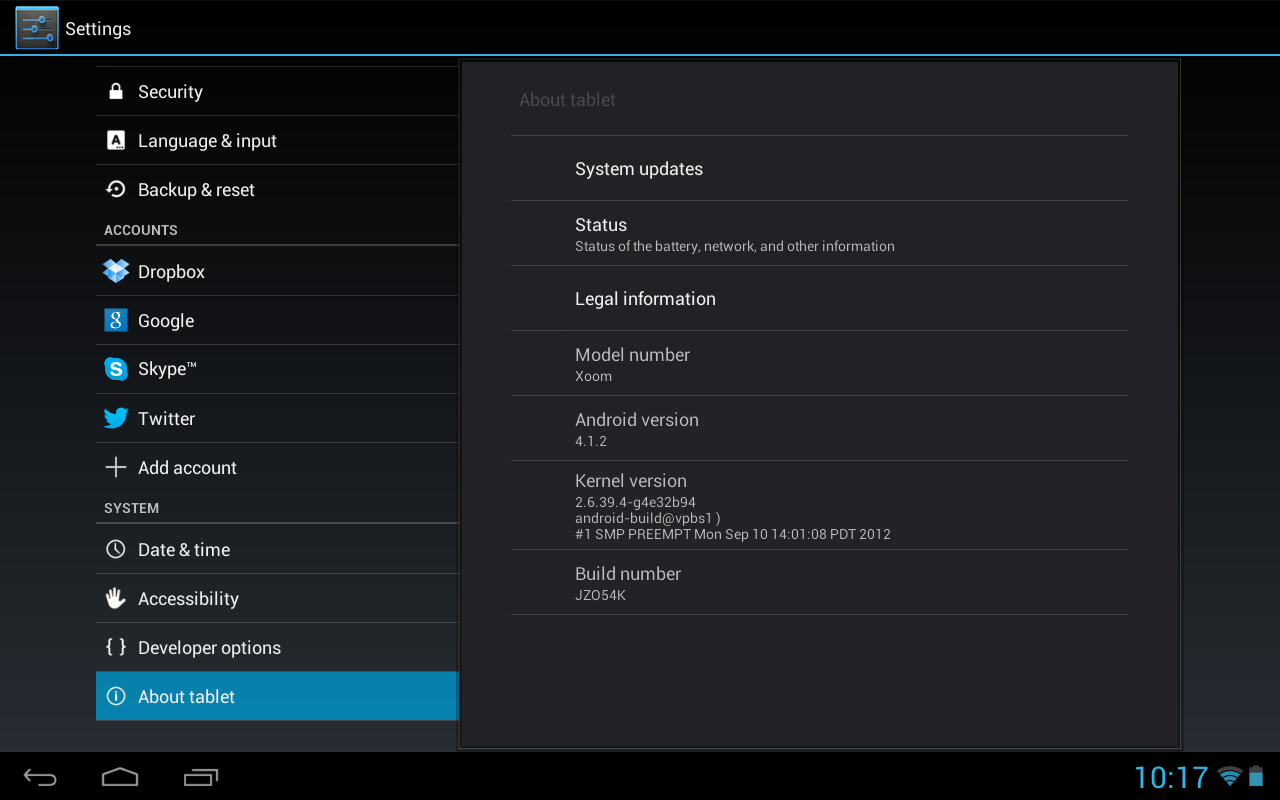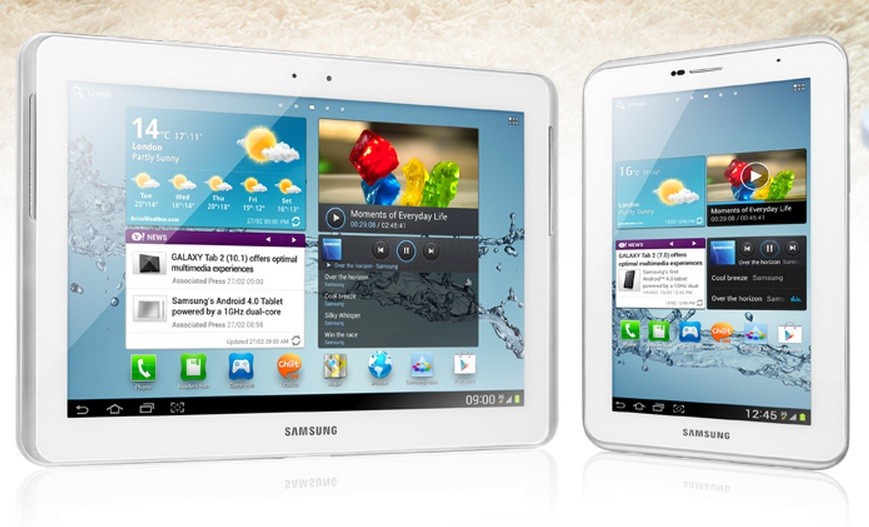Samsung Galaxy Tab A 10.1 (2016) User Manual PDF
REVIEW Samsung Galaxy Tab A 10.1 (2016)
Samsung released the Android tablet sailing jumbo, the Galaxy Tab A 10.1 (2016). The tablet has a 10.1-inch screen display technology that is supported PLS (Plane to Line Switching), so as to increase the sharpness and clarity of the screen. Screen resolution is also quite high, although not as high as the Galaxy Tab S series which adopts Quad HD screen. Where to adopt the tablet PLS screen resolution of Full HD 1200 x 1920 pixels, and has a screen density of 224 pixels per inch reach.
Check out our support resources for your Galaxy Tab 4 10.1 SM-T530NU to find manuals, specs, features, and FAQs. You can also register your product to gain access to Samsung's world-class customer support.
Performance is quite capable tablet, because in the existing Exynos 7870 chipset which with Octa-core processor 1.6 GHz Cortex-A53. Not only that, in order that the Samsung Galaxy Tab A 10.1 (2016) the more powerful when used to play games, Samsung also added 2GB Ram and graphics processing type Mali-T830 MP2. Then to the memory section, the existing internal memory capacity of 16GB which can be expanded via the microSD slot mate with capacity reaching 200GB.
Marshmallow Android operating system 6.0 will improve the stability and performance of the tablet’s 10.1-inch sail. Not only that, this tablet also has a large-capacity battery that ensures durability for hours when you are playing games or watching video. Where to batteries, already embedded battery of 7300 mAh power which we can not escape and yet Supports fast charging feature. However, the battery will be very durable and can compensate for a screen size of the Galaxy Tab 10.1 (2016), which are very large.

One of the advantages of this tablet is to have a high-resolution camera. Where to rear, already embedded 8 Megapixel resolution lenses with the amount of aperture of F / 1.9, and features autofocus and LED flash. Seeing the amount of aperture and LED flash features it carries, it is definitely a quality camera A Samsung Galaxy Tab 10.1 will be very good, although you take at night. As for the front, there have been a 2 Megapixel camera to accommodate the needs selfie or communicate via video call.
Further to the problem of connectivity, Samsung offers two variants of the Galaxy Tab 10.1 A, a variant Only Wi-Fi and 4G LTE. Samsung Galaxy Tab A 10.1 (2016) Wi-Fi only necessarily cheaper, but the Internet connection was limited to Wi-Fi and for other connectivity of existing Wi-Fi Dual Band, Bluetooth version 4.2, MicroUSB port 2.0, and GPS navigation which include A-GPS technology and Glonass.
| User Manual Pdf |
| Android 9.0 Pie |
| Samsung Exynos 7904 1,80 GHz [Number of cores: 8] |
| Li-Ion 6150 mAh |
| 8 Mpx |
Samsung Galaxy Tab A 10.1 2019 SM-T510 SM-T510NZ manual user guide is a pdf file to discuss ways manuals for the Samsung Galaxy Tab A 10.1 2019 SM-T510 . In this document are contains instructions and explanations on everything from setting up the device for the first time for users who still didn’t understand about basic function of the phone.
Description
Other names: SM-T510NZ, 245,2 x 149,4 x 7,5 mm, 469 g, Li-Ion 6150 mAh, Samsung Exynos 7904, IPS TFT 16M colors 1200 x 1920 px (10.10″) 224 ppi, digital camera 8 Mpx, mp3, WiFi, GPS, LTE, microSD, microSDHC, microSDXC (do 512 GB), Android 9.0 Pie, touchscreen,
Samsung SM-T510NZ
Samsung Galaxy Tab A 10.1 2019 SM-T510 user manual
Samsung Galaxy Tab A 10.1 2019 SM-T510 user guide manual
Samsung Galaxy Tab A 10.1 2019 SM-T510 user manual pdf
Samsung Galaxy Tab A 10.1 2019 SM-T510 user manual guide
Samsung Tab 4 10.1 User Manual Download
Samsung Galaxy Tab A 10.1 2019 SM-T510 owners manuals online
Samsung Galaxy Tab A 10.1 2019 SM-T510 user guides
User guide, Ръководство за потребителя, Brugervejledning, Guide de l’utilisateur, Guida per l utente, Gebruikershandleiding, Brukerhåndbok, Manual do Utilizador, Användarhandbok, 用户指南
Glossary
 PDF - Stands for Portable Document Format. PDF is a file format designed to present documents consistently across multiple devices and platforms. It was developed by Adobe 1992 and has since become one of the most widely used formats for saving and exchanging documents.
PDF - Stands for Portable Document Format. PDF is a file format designed to present documents consistently across multiple devices and platforms. It was developed by Adobe 1992 and has since become one of the most widely used formats for saving and exchanging documents.A PDF file can store a wide variety of data, including formatted text, vector graphics, and raster images. It also contains page layout information, which defines the location of each item on the page, as well as the size and shape of the pages in the document. This information is all saved in a standard format, so the document looks the same, no matter what device or program is used to open it. For example, if you save a PDF on a Mac, it will appear the same way in Windows, Android, and iOS.
The PDF format also supports metadata, such as the document title, author, subject, and keywords. It can store embedded fonts so you do not need to have the appropriate fonts installed to the view the document correctly. PDF documents may also be encrypted so only authorized users can open them.
A file size is the measure of space a file takes on a storage medium such as a computer hard drive. File sizes can be measured in bytes (B), kilobytes (KB), megabytes (MB), gigabytes (GB), terabytes (TB), and beyond.